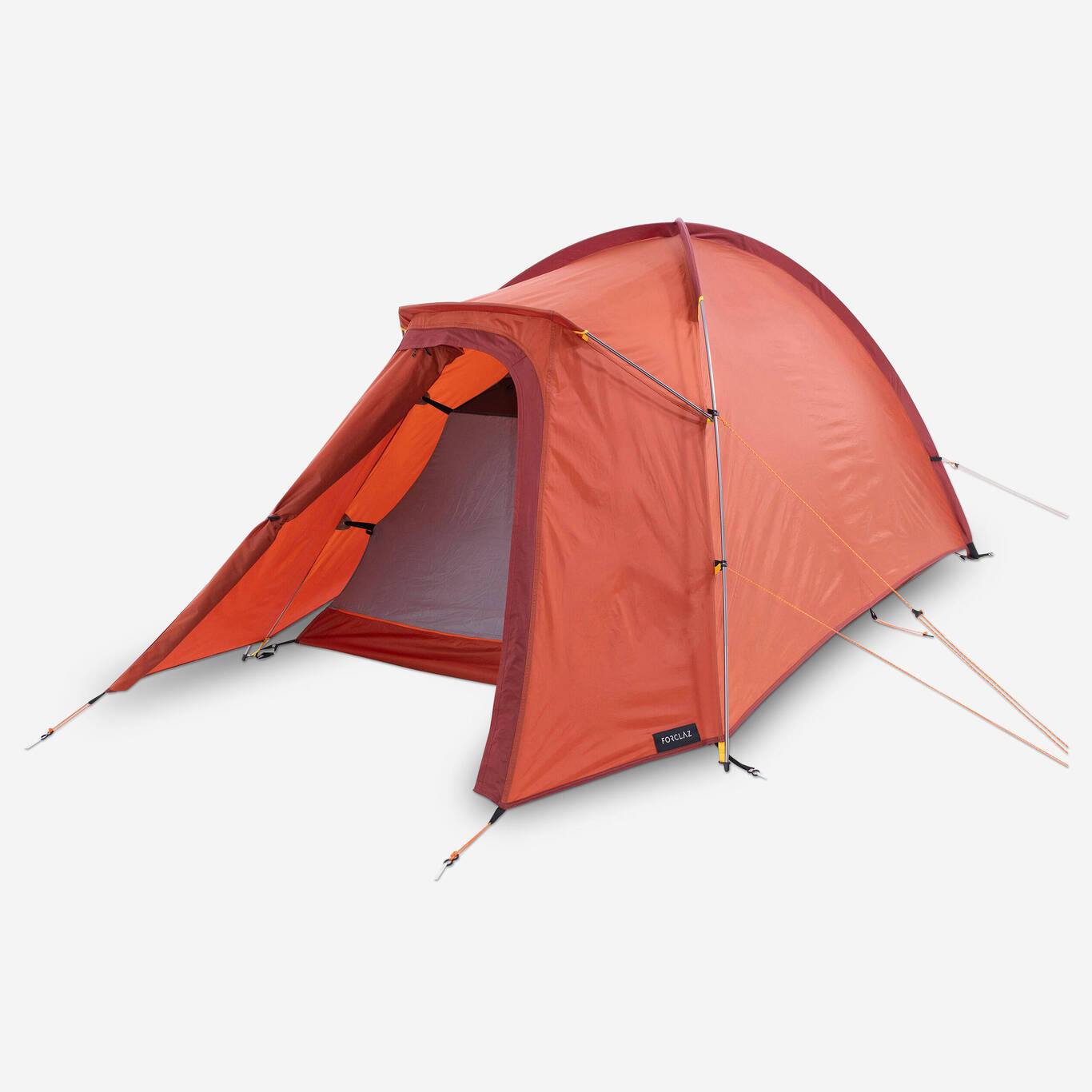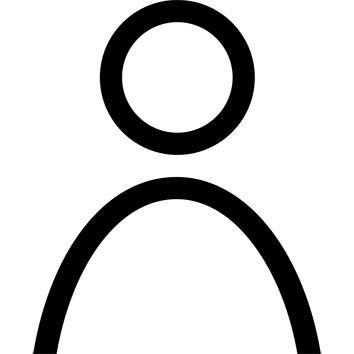


Stores
Contact us
You only need one connection
to enjoy all your favorite services
Rather easy, would you say?



































Cannot ship to ()


This product is currently unavailable for your region
Please select a size...







性价比无敌的帐篷
Exelente!
Hola Sebastian.
Gracias por la confianza que depositas en nosotros. ¡Sin duda seguiremos trabajando para que tu experiencia sea la mejor!
Saludos deportivos
Paola
คุ้มกว่สนี้ไม่มีแล้วครับ
สวัสดีค่ะคุณ ธนากร
ขอบคุณสำหรับรีวิวค่ะ เราดีใจที่คุณพอใจกับเต็นท์รุ่น Trek 100 ที่ออกแบบมาให้ใช้งานได้สะดวกและคุ้มค่า สำหรับการเทรคกิ้งในทุกฤดูกาลค่ะ
เราจะนำข้อคิดเห็นของคุณไปพัฒนาและปรับปรุงผลิตภัณฑ์ให้ดีขึ้นในอนาคต
ขอบคุณที่เลือกใช้ผลิตภัณฑ์ของเรา และหากมีข้อเสนอแนะหรือคำถามเพิ่มเติม ยินดีให้บริการเสมอค่ะ
ด้วยความเคารพ
Pornpat
Decathlon doesn't provide the important accessory of this product without which it can't function. One tent pole got broken & now it's not available in their website & at the stores also they are not assisting the process.
.
And also writing this review second time. They are not allowing the review also to publish saying that you have not used the product when I'm using it form past 2 years.
Hello Yash,
I hope you are doing well and thank you for the comment on the product. We're sincerely sorry to hear about your previous experience.
Hence, I would recommend you to buy the tent poles online, as it is available now(https://www.decathlon.in/p/8557107/forclaz/aluminium-45m-o-85mm-pole-kit-in-14x325cm-sections/p/8557107/forclaz/aluminium-45m-o-85mm-pole-kit-in-14x325cm-sections).
I hope my answer provided a solution. Do reach out to us for any more clarification please.
Best Regards.
Sourav Dutta
Mountain Sport Practitioner
Mountain Sport Product Trainer







性价比无敌的帐篷
Exelente!
Hola Sebastian.
Gracias por la confianza que depositas en nosotros. ¡Sin duda seguiremos trabajando para que tu experiencia sea la mejor!
Saludos deportivos
Paola
คุ้มกว่สนี้ไม่มีแล้วครับ
สวัสดีค่ะคุณ ธนากร
ขอบคุณสำหรับรีวิวค่ะ เราดีใจที่คุณพอใจกับเต็นท์รุ่น Trek 100 ที่ออกแบบมาให้ใช้งานได้สะดวกและคุ้มค่า สำหรับการเทรคกิ้งในทุกฤดูกาลค่ะ
เราจะนำข้อคิดเห็นของคุณไปพัฒนาและปรับปรุงผลิตภัณฑ์ให้ดีขึ้นในอนาคต
ขอบคุณที่เลือกใช้ผลิตภัณฑ์ของเรา และหากมีข้อเสนอแนะหรือคำถามเพิ่มเติม ยินดีให้บริการเสมอค่ะ
ด้วยความเคารพ
Pornpat
Decathlon doesn't provide the important accessory of this product without which it can't function. One tent pole got broken & now it's not available in their website & at the stores also they are not assisting the process.
.
And also writing this review second time. They are not allowing the review also to publish saying that you have not used the product when I'm using it form past 2 years.
Hello Yash,
I hope you are doing well and thank you for the comment on the product. We're sincerely sorry to hear about your previous experience.
Hence, I would recommend you to buy the tent poles online, as it is available now(https://www.decathlon.in/p/8557107/forclaz/aluminium-45m-o-85mm-pole-kit-in-14x325cm-sections/p/8557107/forclaz/aluminium-45m-o-85mm-pole-kit-in-14x325cm-sections).
I hope my answer provided a solution. Do reach out to us for any more clarification please.
Best Regards.
Sourav Dutta
Mountain Sport Practitioner
Mountain Sport Product Trainer

